How cannibalism, torture, rape, and murder came to inspire the folklore known the world over today.
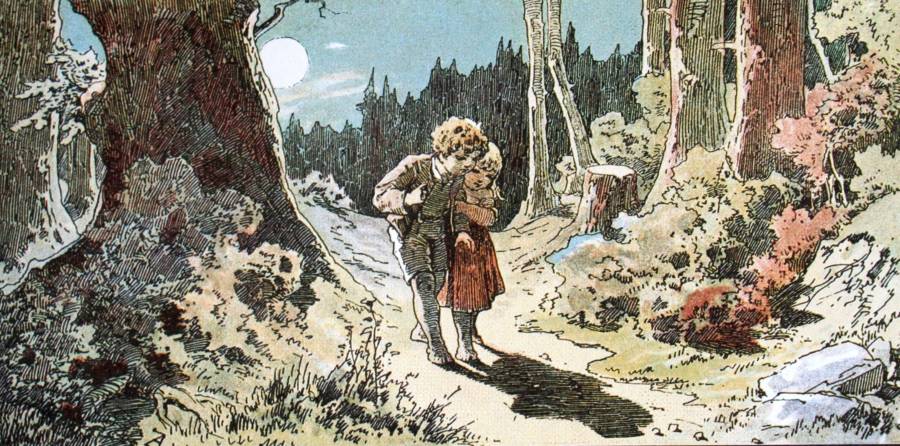
Alexander Zick/Wikimedia CommonsHansel and Gretel enter the woods.
Legends have always played an important role in the human experience. Some serve to remind us of our history. Some help to teach us morals. Then, of course, there are also legends that just help to send a tingle down our spines. The very best legends, the ones that get passed down across the centuries, do all three.
And many of these creepy legends are actually based on true events. They grew out of experiences that so startled or frightened our ancestors that they couldn’t help but embellish the story over the years until it finally transformed into legend.
Here are some of the best examples of those stories and the chilling events that appear to have inspired them…
The Pied Piper
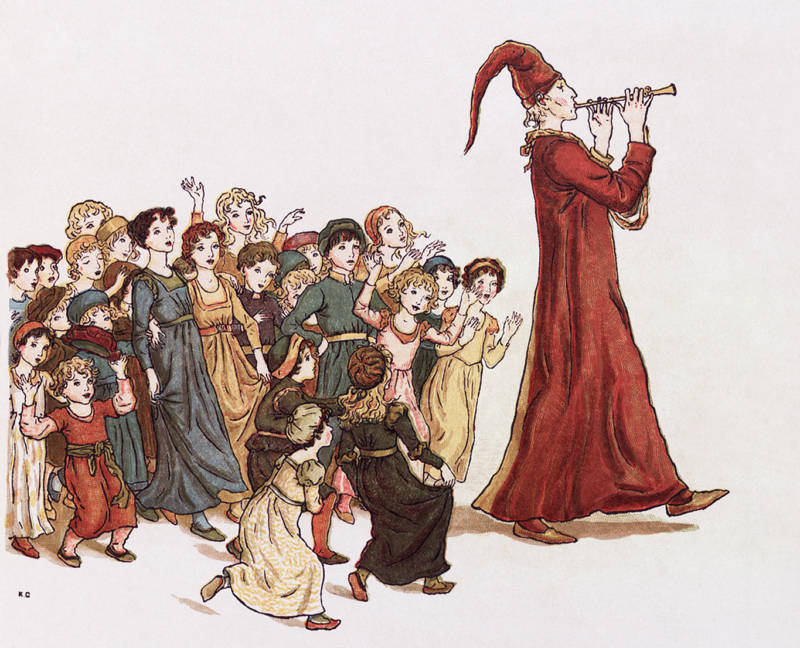
Kate Greenaway/Wikimedia CommonsThe Pied Piper leads away the children of Hamelin.
The story of the Pied Piper tells of the small German village of Hamelin, and how its people hired a strange man with a magic flute to get rid of their rats. But after the city leaders refused to pay him for his work, the Piper returned for their children and used his flute to lead them away into the wilderness, never to be seen again.
The earliest mention of the Pied Piper dates back to about 1300, when a stained-glass window was installed in the Hamelin cathedral depicting a man with a flute leading away the children of the city. The next mention comes from 1384, when the town’s official chronicle notes, “It is 100 years since our children left.”
Researchers have proposed a number of possible explanations for the story. The event may be a fictionalized account of a real tragedy that led to the deaths of most of the town’s children, such as a famine or epidemic.
Or the story may reference the “dancing mania,” a 14th-century outbreak of mass hysteria that caused people to dance uncontrollably. At least one group of children is known to have danced away from their town accompanied by musicians. It could be that the children of Hamelin did so as well and never came back.
Other, more disturbing explanations have been proposed, including one suggesting that the story references the actions of a deranged pedophile preying on the city’s children. However, more mundane explanations exist as well, like that the story is simply a fictionalized account of mass emigration from the town.
Unfortunately, we will likely never know exactly what happened to the children of Hamelin.
Dracula
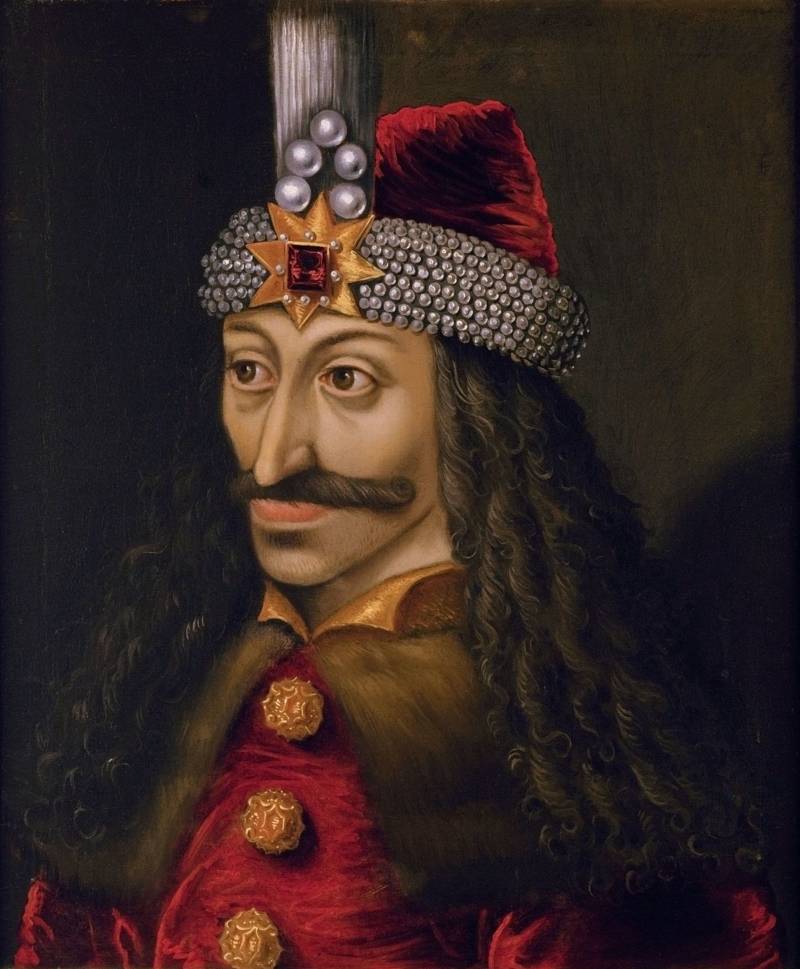
Wikimedia CommonsVlad the Impaler
The modern conception of the vampire is largely derived from Bram Stoker’s classic book Dracula, in which the titular count is an undead menace threatening to steal the blood and virtue of proper English ladies.
But Dracula isn’t entirely Stoker’s invention. The character is based on a real figure known as Vlad Dracula. The son of a Romanian ruler who lived during the 15th century, Dracula fought a long war against the Ottomans, during which he acquired the nickname “Vlad the Impaler,” for his favored method of execution. After Vlad’s death, his blood-lust became the subject of morbid legends that eventually came to inspire Stoker.
Stoker laid this historical figure over pre-existing legends of vampires to create the character of Dracula. And these legends have their own factual basis in the process of decomposition.
After a person dies, their skin begins to shrink away from their hair and nails, which can give them the appearance of having grown since the body was buried. The gums also recede away from the teeth, which explains why vampires are described as having fangs. Finally, the gas created by decomposition can make the body bloat, which gives it the appearance of having been feeding.
Medieval vampire hunters would unearth these corpses and attribute these changes to the fact that body was rising from the grave to feed, which gave birth to the vampire legends.
Hansel And Gretel
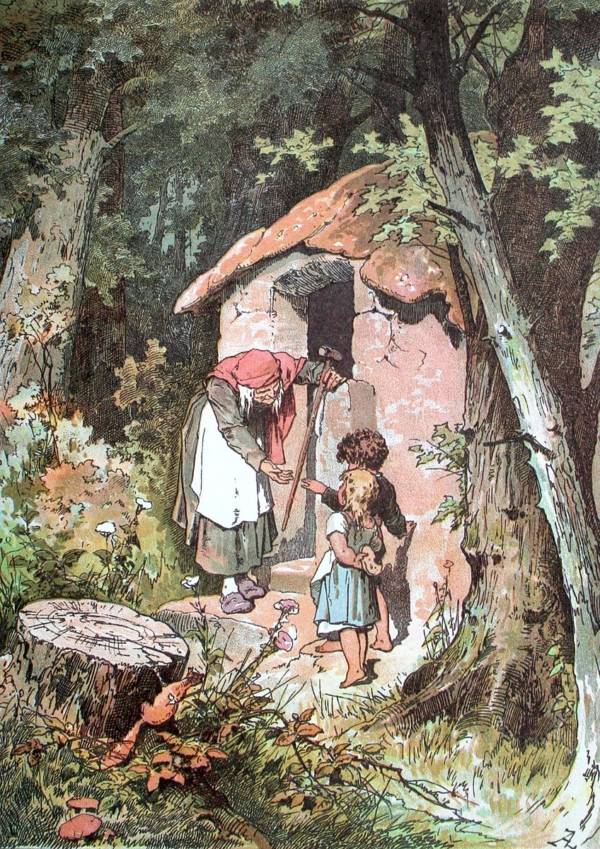
Alexander Zick/Wikimedia CommonsHansel and Gretel meet the witch.
Hansel and Gretel is the story of two children who’d been abandoned in the woods to die by their father only to then come across a mysterious gingerbread house. Unfortunately, the house turns out to be inhabited by a witch who imprisons them and begins fattening up Hansel in order to eat him. Luckily, the quick-thinking Gretel kills the witch by shoving her into her own oven before she can devour the boy.
The story carries a lot of the famous fictional motifs in legend, particularly the idea of a child being abandoned in the woods by a family that can no longer feed them. Unfortunately, there is a very real historical basis for this motif.
In the Middle Ages, families were often only one bad harvest away from starvation. And during times of famine, children were often abandoned by families who couldn’t provide for them.
The act served two purposes: First, it was a way to ensure that at least some of the family would have enough to eat. Secondly, there was a glimmer of hope that a passing traveler with better luck would find the child and raise them as their own.
The story of Hansel and Gretel likely originated during the Great Famine, a period in the 14th century when massive crop failures in Europe forced many people to acts of infanticide and even cannibalism.
The story of the witch planning to eat the young abandoned children likely reflects a reality that many desperate people in Europe were familiar with but reluctant to talk about openly. The legend may have been a way to twist this tragic reality of starvation and infanticide into a positive story where the children actually survive.
Bloody Mary
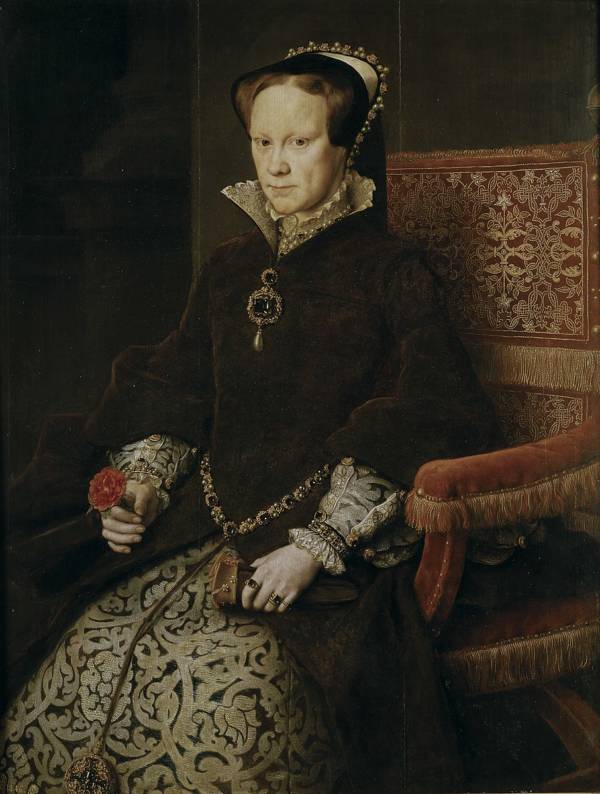
Antonio Mors/Wikimedia CommonsMary Tudor of England
According to urban legend, if one stands in a darkened room before a mirror and says the phrase “Bloody Mary” three times, a ghost will appear. What happens next varies from teller to teller. Sometimes the ghost scratches out your eyes or drinks your blood. Other times, she simply curses you or chases you from the room with horrific shrieks.
In some versions of the story, someone who wants to summon the spirit needs to taunt her by asking where her dead baby went. And that version of the story could provide an important clue about where the origins of the legend lie.

The most likely explanation for where the legend comes from is the reign of Mary Tudor of England. Mary was a Catholic monarch who presided over the often-violent persecution of her Protestant subjects, which earned her the nickname “Bloody Mary.” Mary was also famous for a series of false pregnancies and miscarriages, which could explain the idea of the ghost having a dead child.
However, the idea that you may see something if you stare into a dark mirror actually seems to predate the Bloody Mary legend. Long before people believed you could summon a ghost through a mirror in a dark room, they believed that you could see the face of your future lover inside of it.
Researchers have determined that subjects who stare at their reflection in a dark room often begin to hallucinate strange faces in the mirror. It could be that the different mirror legends grew out of this fact and were eventually combined with the legend of “Bloody Mary” to give us the version we have today.
Bluebeard
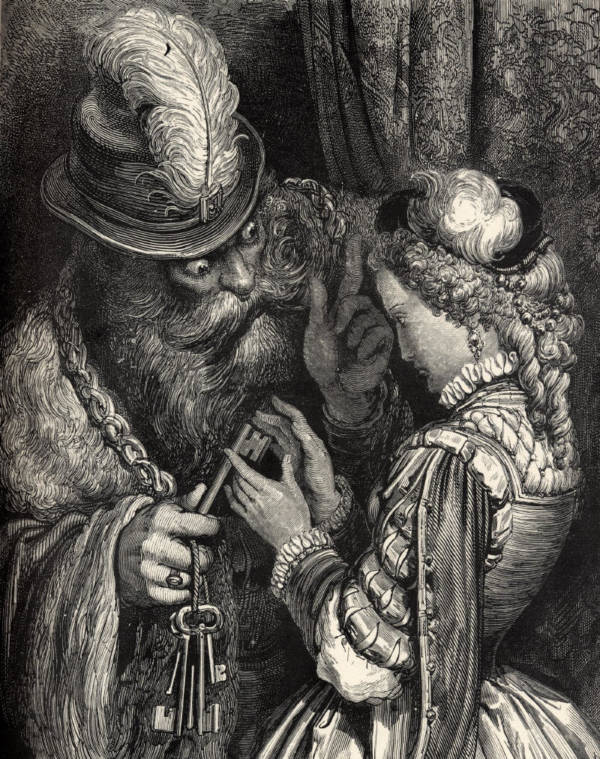
Gustave Doré/Wikimedia Commons.Bluebeard and his wife.
The legend of Bluebeard tells of a sadistic count who marries a string of young women only to systematically murder them, and of his newest wife, who tries to avoid becoming his latest victim.
The story closely mirrors the accounts of the real-life King Conomor. Conomor was the ruler of Brittany, a Celtic region in what is today France. And his reign was so famously cruel that he came to be known as “Conomor the Accursed.”
Conomor served as the inspiration for a number of legends in Brittany, including that of Bluebeard. According to some accounts, Conomor heard a prophecy one day that he would be overthrown by his son. To prevent this from happening, Conomor would murder his wives as soon as they became pregnant.
And while there is a good chance that this story is also a legend, Conomor was certainly not the sort of person anyone would want to marry.
Conomor was followed by accusations of murder his entire life. He began by murdering his predecessor as ruler and marrying the man’s widow. He then attempted to murder her, but she managed to escape to a rival court. Conomor married a second time to a woman named Tréphine. After a few years, he murdered her as well, along with their son.
King Conomor was eventually killed in battle by the son of his first victim, a man named Judael, putting an end to his murderous reign. But he likely survives in the legend of Bluebeard and his wives.
Next, discover the truth behind some of the most famous Grimm fairytales. Then, read up on the creepy story of Slender Man. Finally, read up on Mary Tudor, the real woman behind the mythology of Bloody Mary.





